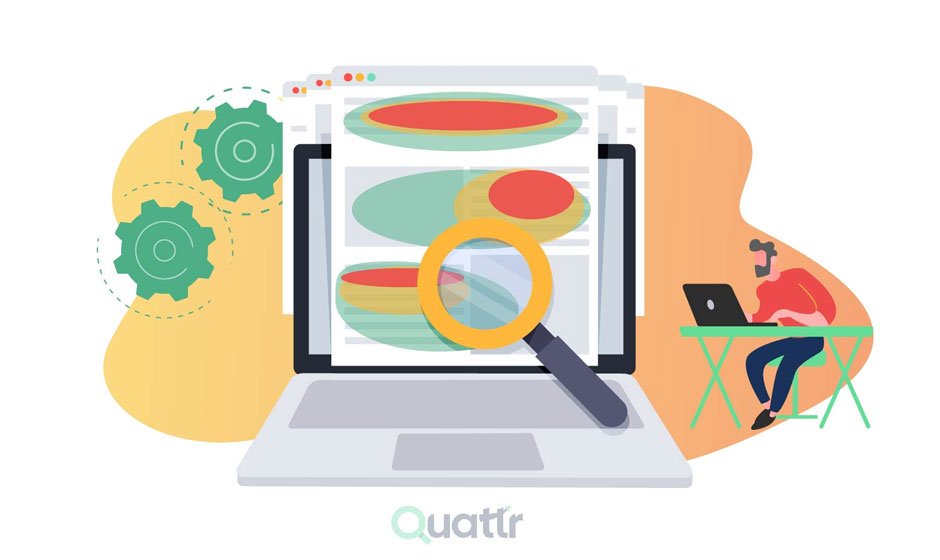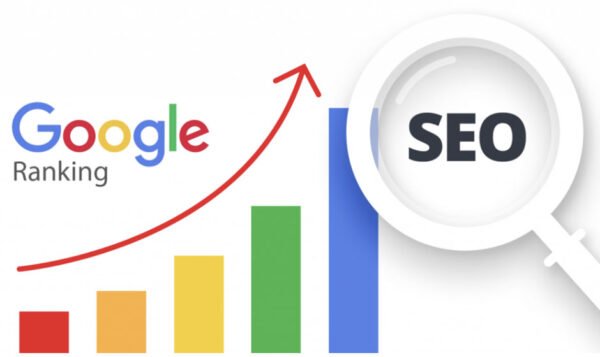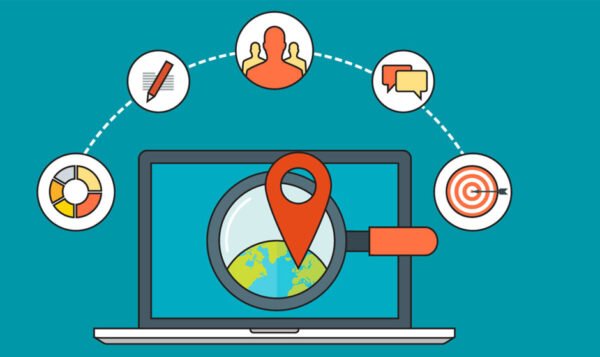Visualizing Rankings: How to Leverage Heatmaps for Effective SEO

SEO strategy remains a cornerstone for website owners and marketers. Understanding how users interact with your website is crucial for crafting an effective SEO strategy. The heatmap is a powerful tool that can provide valuable insights into user behavior.
Learn how to unlock insights with webpage heatmaps for effective SEO and improve your search engine rankings.
What are heatmaps?
In the context of SEO, heatmaps are graphical representations of user interaction with a web page. Tools like a Google Analytics heat map visually display user activity, helping website owners identify patterns and trends.
These heatmaps come in various forms, including click maps, scroll maps, and hover maps, offering valuable insights.
Click maps
Click maps show where users click on a web page. By analyzing click patterns, you can determine which areas of your site are most engaging and which are being ignored.
This information can guide you in optimizing web on-page surveys heatmaps and your outbound linking strategy.
Scroll maps
Scroll maps reveal how far down users scroll on a specific page. This insight is invaluable for understanding user engagement and whether visitors consume your content effectively.
Adjusting your content strategy based on scroll map data can improve search engine rankings.
Hover maps
Hover maps track where users move their cursor on a page without clicking. This data can help you identify elements that capture user attention.
By optimizing image placement and product or content layout, you can enhance user engagement, the buying process, and SEO.
How to use heatmaps for SEO strategy
Understand user behavior
Heatmaps provide valuable insights into user interaction. Analyzing where users click, scroll, and hover can reveal user intent and preferences.
This knowledge is instrumental in tailoring your content and optimizing your website structure.
Optimize internal links
Use heatmap data to determine which hyperlinks customers click and optimize link placement accordingly. Effective internal and external linking strategies can improve your website’s authority in the eyes of search engines.
With click maps, you can identify which links get the most attention. Use this data to improve your internal linking strategy, ensuring that users easily navigate to relevant content within your site.
Improve content strategy
Scroll maps help you understand how far users scroll down a particular page. If users tend to drop off before reaching essential information, it’s time to reevaluate your content strategy.
Ensure your content provides helpful and relevant information early on to engage users.
Enhance user engagement
Hover maps can guide you in optimizing image placement and content layout. Ensuring that users find what they’re looking for quickly can lead to better user engagement, ultimately improving search engine rankings.
Mobile users matter
Remember that mobile users have different behavior patterns than desktop users. Analyze both desktop and mobile heatmaps to cater to your entire audience effectively.
Final words
In digital marketing, understanding user behavior is critical to crafting a successful SEO strategy. Heatmaps, in their various forms, offer a window into how visitors interact with your website. By utilizing this data, you can make informed decisions to improve user engagement, optimize your content, and enhance your website’s structure, contributing to better search engine rankings.



